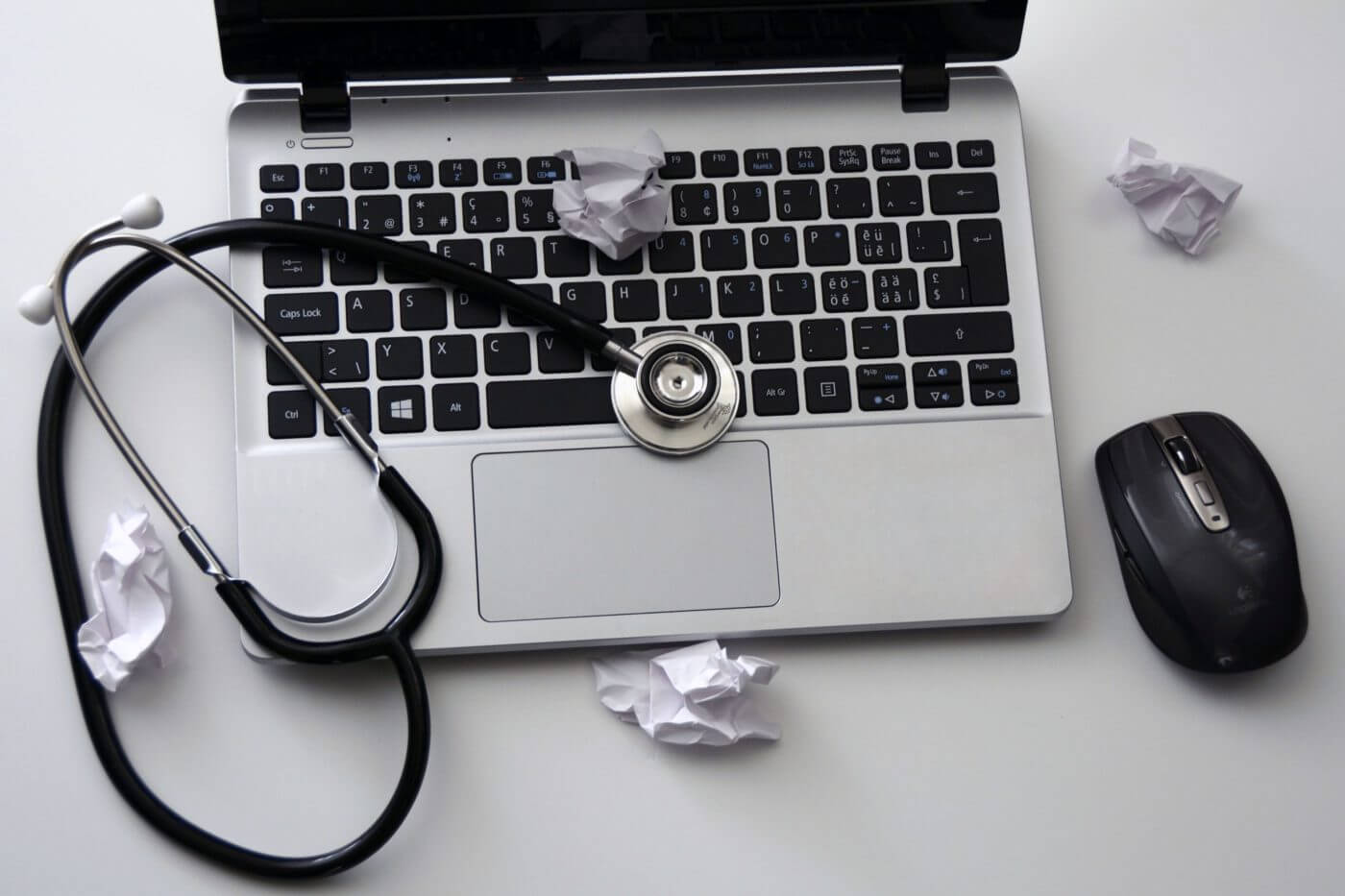

According to a recent statement by St. Peter’s Surgery and Endoscopy Center in New York, a malware attack potentially gave hackers access to 134,512 patient records, which makes it the second-largest breach this year.
It’s also the largest breach to hit New York state since the breach of more than 3.4 million records of Newkirk Products in 2016.
Hackers gained access to St. Peter’s server on Jan. 8, and the breach was discovered by officials on the same day. Quickly detecting the malware limited the time hackers had access to the server, but the investigation couldn’t rule out whether patient data was viewed, accessed or stolen.
The breached server contained patient names, addresses, dates of birth, service dates, diagnoses, procedures and insurance information. Social Security numbers were included for some Medicare patients, and Medicare data was exposed for some patients. No credit card or banking information was exposed.
Malware, short for malicious software, can easily be described as unwanted software that is installed in your system without your consent. Viruses, worms, and Trojan horses are examples of malicious software that are often grouped together and referred to as malware.
With so many people routinely surfing the Web, malware is often unwittingly spread across the Internet. Once you enter a compromised website, your system can easily be contaminated after clicking on malicious links present and malware can be installed on your computer without your knowledge.
Malware is an easy method of mass infection; compromising one website is easier than sending several emails. It targets all visitors/victims that visit a site and click on desirable links, converting their systems to act on the attacker’s behalf.
Our computers contain valuable personal information than ever, and more and more they’re the targets of malicious actors. If you don’t take steps to protect your computer and data, you’re leaving the door wide-open to malware and hackers that will steal your data and take over your computer.
Here are the best tips every user should know to protect their computers and data against malware attacks.
If your computer does get infected with a virus, worm, ransomware, or another type of malware, the first thing you want to do is to physically disconnect the device from the network and turn off the PC’s Wi-Fi to prevent the malware from spreading (or, if you can’t do that, kill either remove it from the range of your Wi-Fi or turn off the router until you’ve killed the infection).
Run an antivirus scan to remove the malware. If this isn’t possible, you may need to restore your system from a backup and reinstall your operating system.
If you’re not up to the challenge, or you don’t have a backup of any kind, you’ll be better off contacting a computer professional for help.
Learn more about our Praxis solution. We provide the working cash you need to grow your business and achieve your goals with repayment terms unlike anything in the industry. We fund from $20k up to $1mm and more! A proposal is created within 24 hours, and you’re funded within days. Contact us now to learn more.